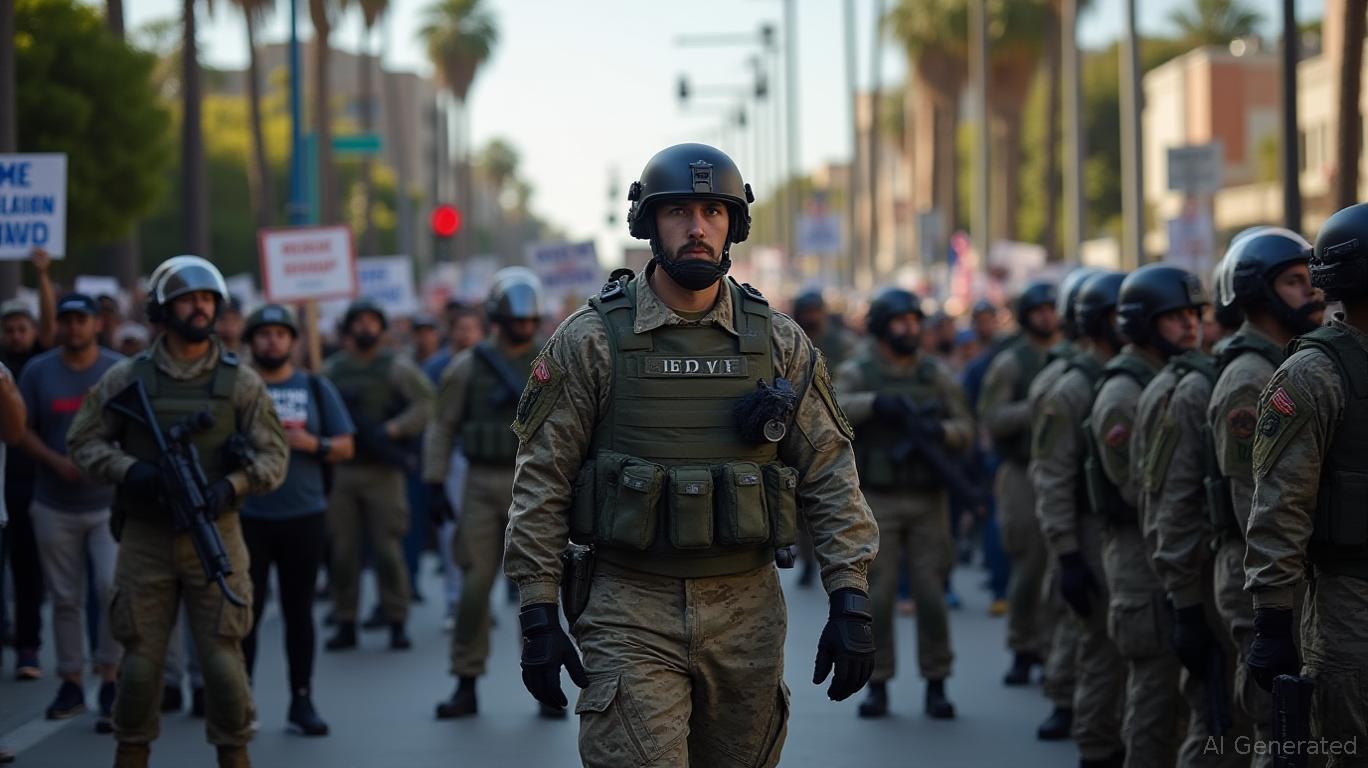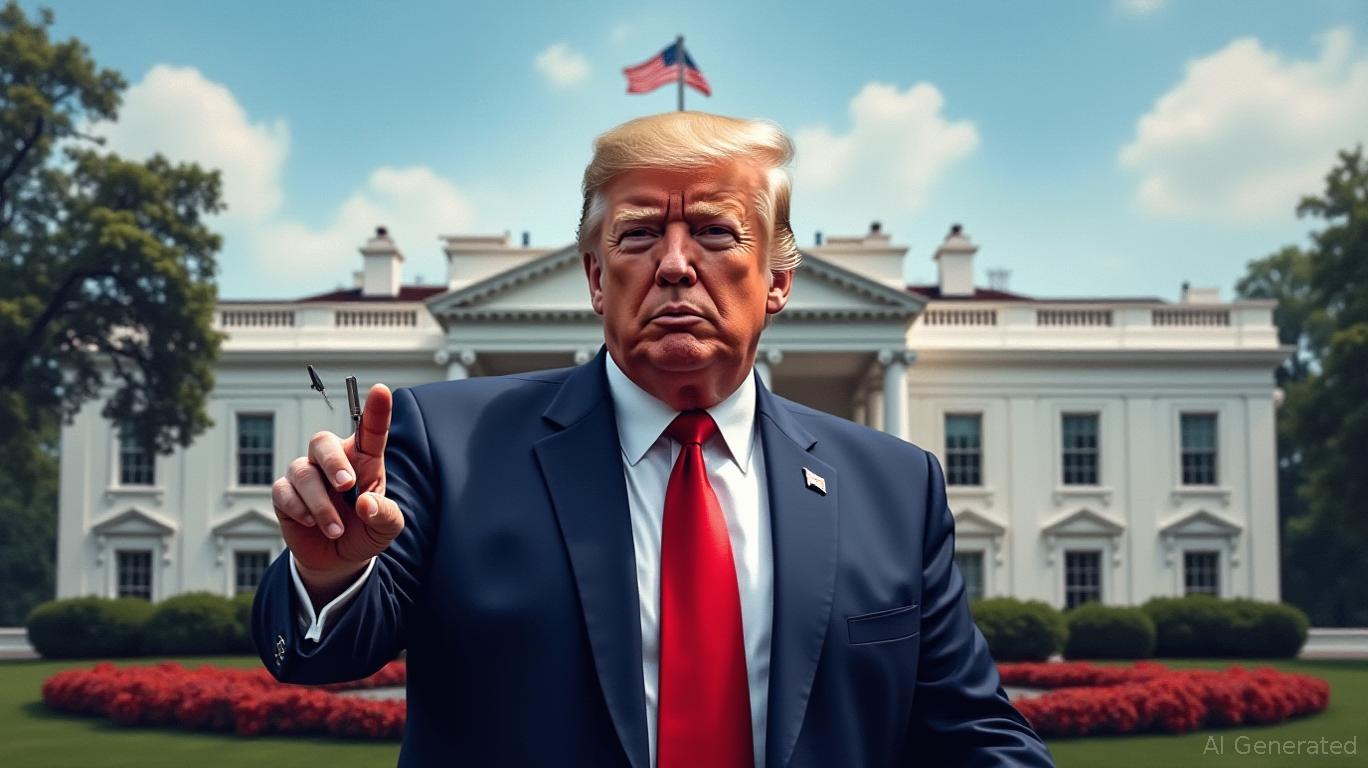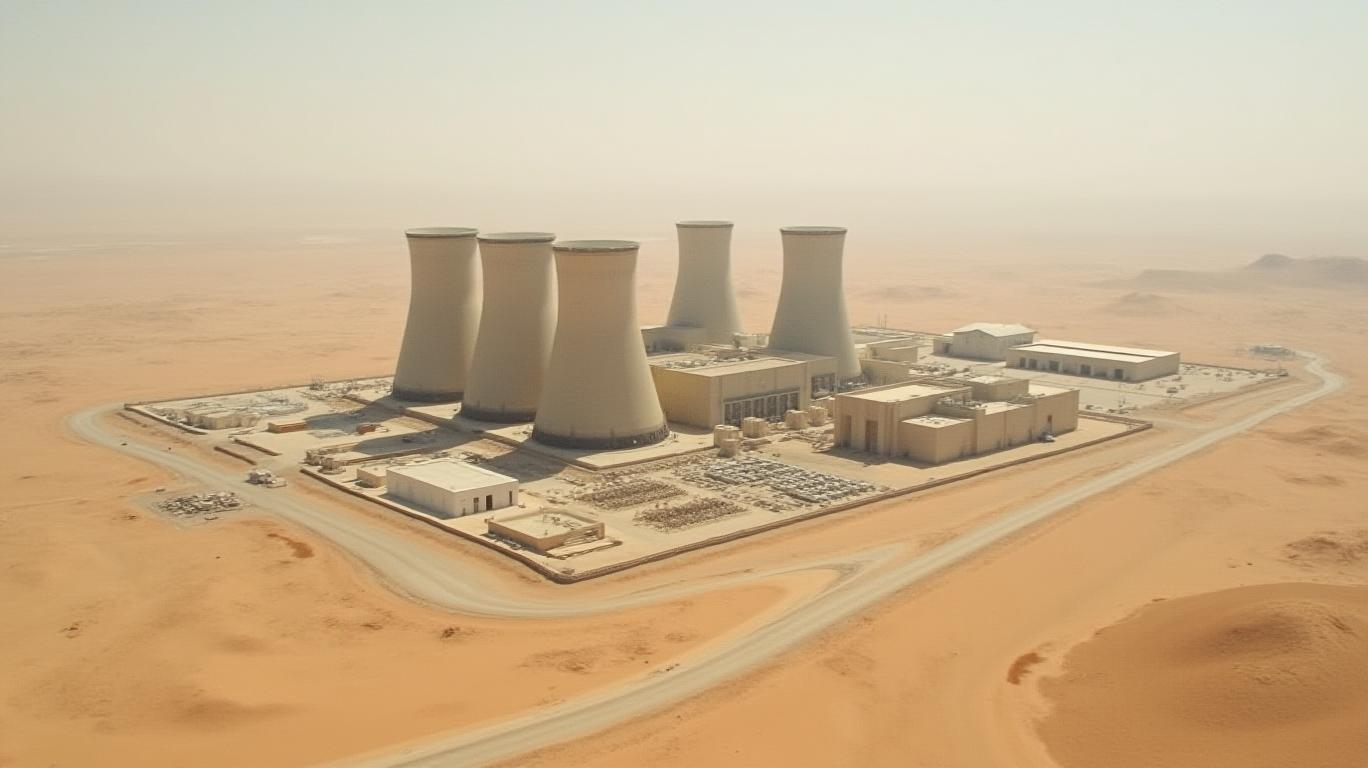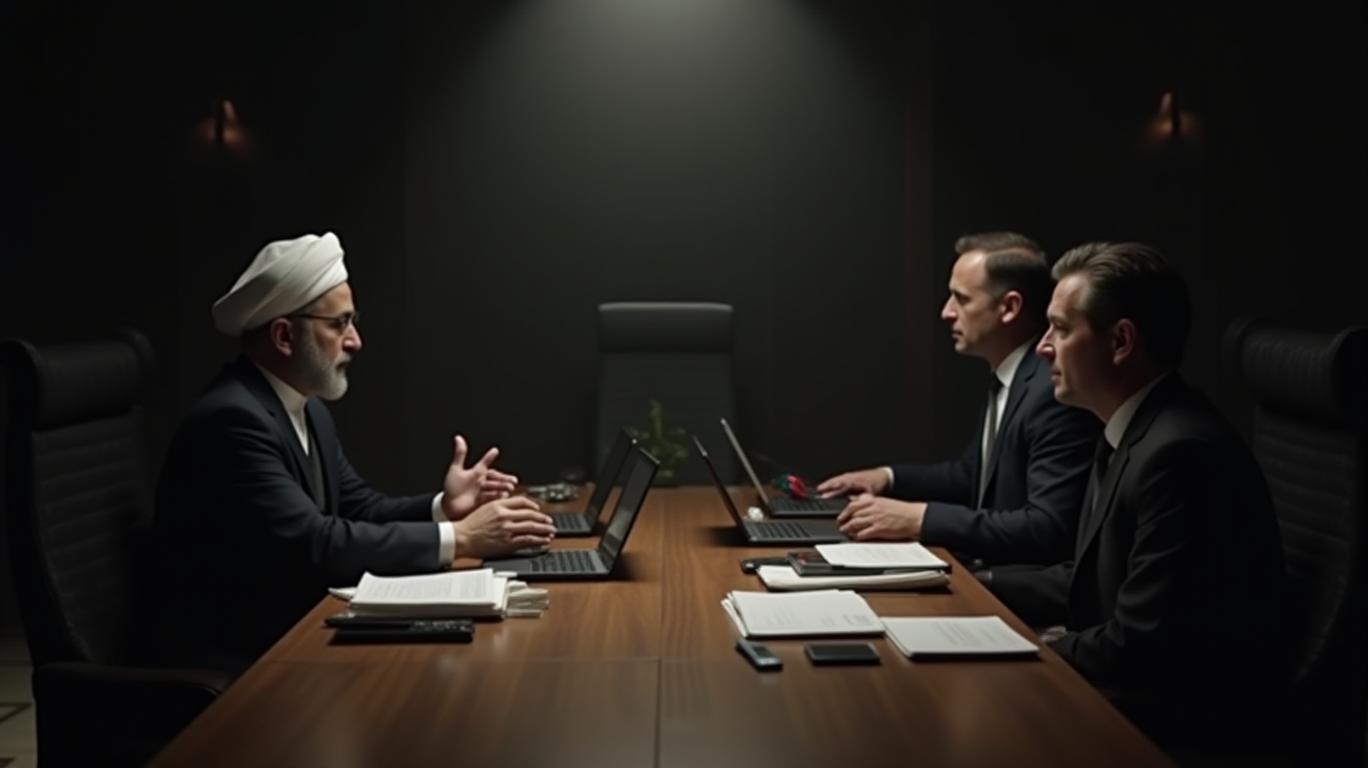Navigating the Nuclear Impasse: Investment Implications of the Iran-US Talks in Oman
The latest round of Iran-U.S. nuclear talks in Oman, concluded in April 2025, brought both cautious optimism and stark reminders of the challenges ahead. As geopolitical tensions hover near a precipice, investors must parse the nuances of this diplomatic dance to assess risks and opportunities. The stakes are high: a resolution could unlock $100 billion in frozen Iranian assets, revive its energy sector, and ease global oil markets, while a breakdown risks military escalation and market volatility.

Key Negotiation Dynamics and Market Implications
1. Uranium Enrichment: The Technical Heart of the Dispute
Iran’s advancement of uranium enrichment to 60% purity—a technical threshold just six steps away from weapons-grade material—remains the core sticking point. The U.S. demands a full freeze, while Iran insists on its "sovereign right" to enrich. A compromise could involve capping enrichment at 5% or lower, a midpoint between Iran’s current stance and the 3.67% limit of the 2015 JCPOA.
Investors should monitor:
- (Iran’s return to OPEC+ could add 1 million barrels/day to global supply).
-
2. Sanctions Relief: The Economic Lever
Iran seeks unfreezing of $25 billion in overseas assets and access to SWIFT, the global financial messaging system. U.S. concessions here could unlock Iran’s energy, automotive, and banking sectors, with estimates suggesting $10 billion in annual foreign direct investment by 2027. However, congressional pushback—particularly from hawks like Secretary of State Marco Rubio—adds uncertainty.
3. The October 2025 Deadline: A Clock Ticking Toward Conflict or Compromise?
The expiration of the JCPOA’s “snapback” mechanism in October looms large. If talks fail, the U.S. could reinstate UN sanctions, while Iran might escalate enrichment further. Investors in energy, defense, and emerging markets must prepare for scenarios:
- Deal Scenario: Oil prices drop 10-15%, Iranian bonds rally, and regional tourism rebounds.
- No-Deal Scenario: Geopolitical risk premiums rise, defense stocks (e.g., Raytheon Technologies RTX) surge, and gold climbs as a safe haven.
Regional Tensions and Global Supply Chains
The Gaza conflict has injected unpredictability. Israel’s objections to any Iran deal—viewed as rewarding Tehran for its regional support of Hamas—could force the U.S. into a diplomatic balancing act. Meanwhile, China and Russia’s role as Iran’s economic partners complicates U.S. leverage.
Investors should note:
- (Beijing’s reliance on Iranian oil and minerals).
- (Moscow’s role in bypassing Western sanctions).
The Fragile Path to a Deal
While both sides acknowledge the need to avoid escalation, trust is scarce. U.S. negotiator Michael Anton’s inconsistent messaging—initially suggesting a return to 3.67% enrichment, then demanding a full freeze—highlighted Washington’s internal divisions. Meanwhile, Iran’s Supreme Leader Khamenei’s cautious approval, framed in religious terms, underscores domestic political limits.
For markets, the key is whether talks can bridge gaps before October. If a deal emerges:
- Energy: Brent crude could drop to $70/barrel from current $80+, benefiting airlines and manufacturers.
- Commodities: Copper and aluminum prices might ease as Iranian exports resume.
- Currencies: The Iranian rial, which has rebounded 30% since early 2025 on deal hopes, could stabilize.
Conclusion: A Delicate Balancing Act
The April talks mark a pivotal yet precarious moment. A deal would catalyze economic revival in Iran, relieve global energy markets, and reduce geopolitical risk premiums. However, the October deadline creates a high-stakes race against time.
Data underscores the urgency:
- If talks fail, the probability of military conflict rises to 35%, per geopolitical risk analysts.
- A deal could add 0.2-0.5% to Iran’s GDP annually, while sanctions costs Iran $10 billion/year in lost oil revenue.
Investors should adopt a dual strategy:
1. Hedge against uncertainty: Increase exposure to geopolitical hedges like gold (GLD) and defense equities.
2. Position for a deal: Gradually build stakes in energy firms (e.g., Schlumberger SLB, Baker Hughes BKR) and Iranian equities via ETFs (e.g., Iran Market (IRN)).
The road ahead is narrow, but the payoff—or the peril—is immense.
This analysis underscores the interplay of diplomacy and markets, where every nuance of negotiation can shift billions. The next six months will test whether compromise prevails—or whether markets brace for a storm.









